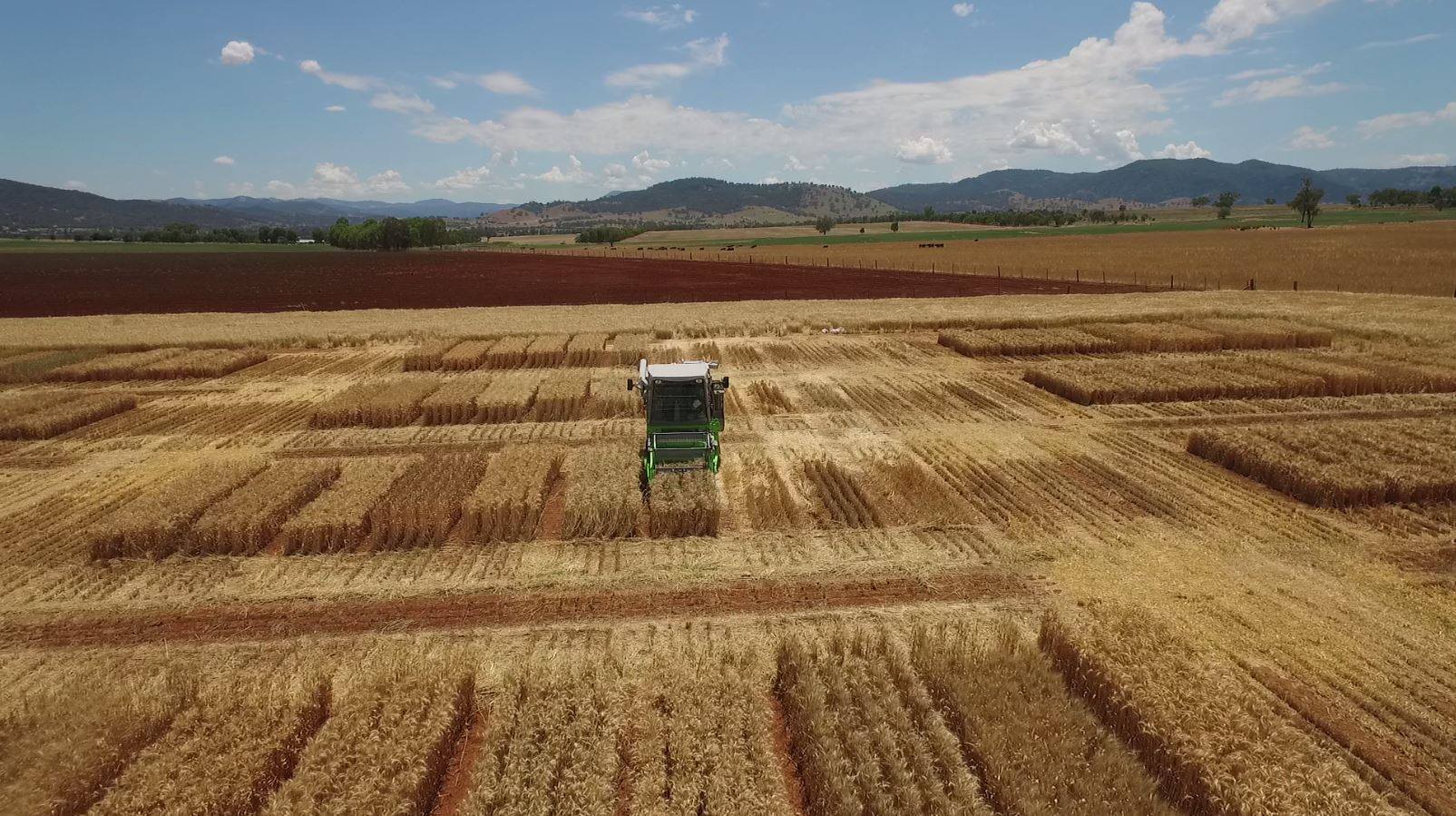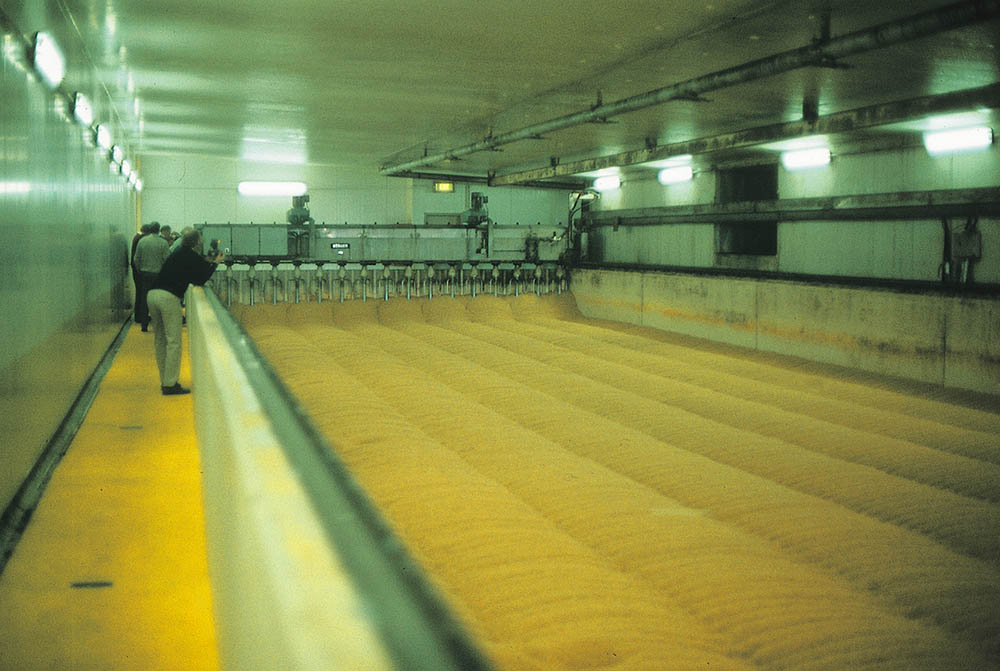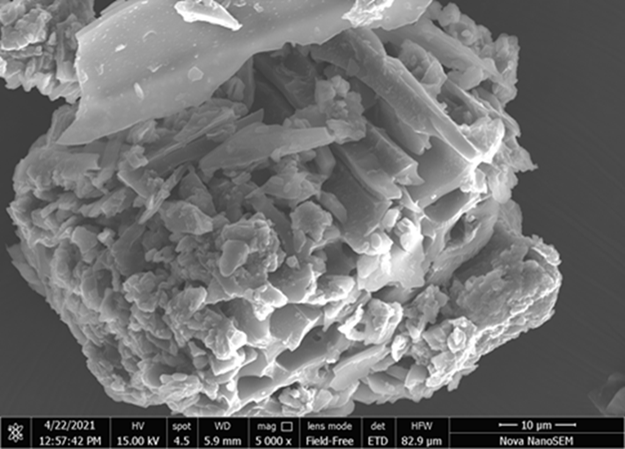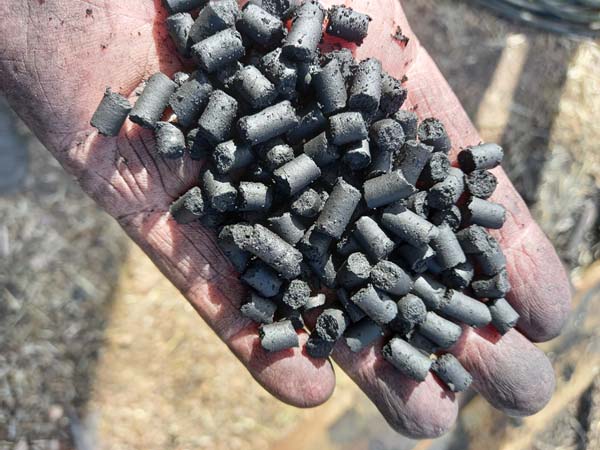Production
Price
Australian barley prices largely remained at a discount to international benchmarks. Thanks to the two successive bumper crops and the lack of Chinese demand, Australian export barley prices were overly competitive when compared to other global origins. Australian barley was priced reasonably competitively until the new 2021-22 European and Black Sea crops became available. Whilst prices generally followed a very similar trend, monthly average French barley prices outpaced Australian pricessince February 2022. 191 While Australia has the logistical advantage when it comes to freight costs to China and other key destinations such as Indonesia, the freight costs to Middle Eastern buyers favour our key competitors. This, combined with the need to shift large amounts of grain, forced Australian barley to run at a heavy discount to remain competitive. 188 189
Trade
Having readily adapted in 2020-21 to diversifying away from China, Saudi Arabia was the major destination for NSW feed barley, with 46% by volume being shipped to the destination, followed by the United Arab Emirates and Japan. 35 This was as Australia took market share from Russia in the Middle Eastern markets. At the same time, Australia's barley exports to China remained at zero for 2021-22, with France, Canada and Ukraine remaining the biggest suppliers of product to China.
Macroeconomic Conditions

Outlook

Stronger Primary Industries Strategy
Next generation soil enhancement technologies
Soil underpins the production of more than 95% of all human food. With the human population growing rapidly, food security remains one of society’s greatest challenges. To meet expected demand, productivity of existing agricultural land must double by 2050. In NSW, broadacre agricultural crops are of substantial economic importance, valued at $5B in 2019-20.
Strategic Outcome





